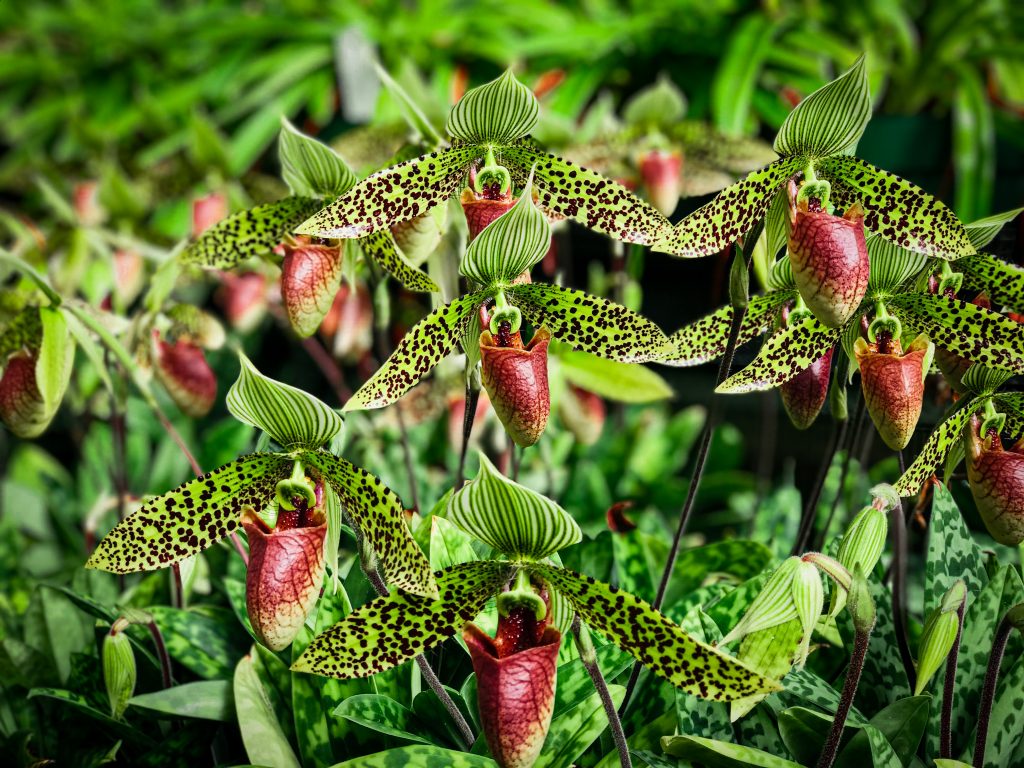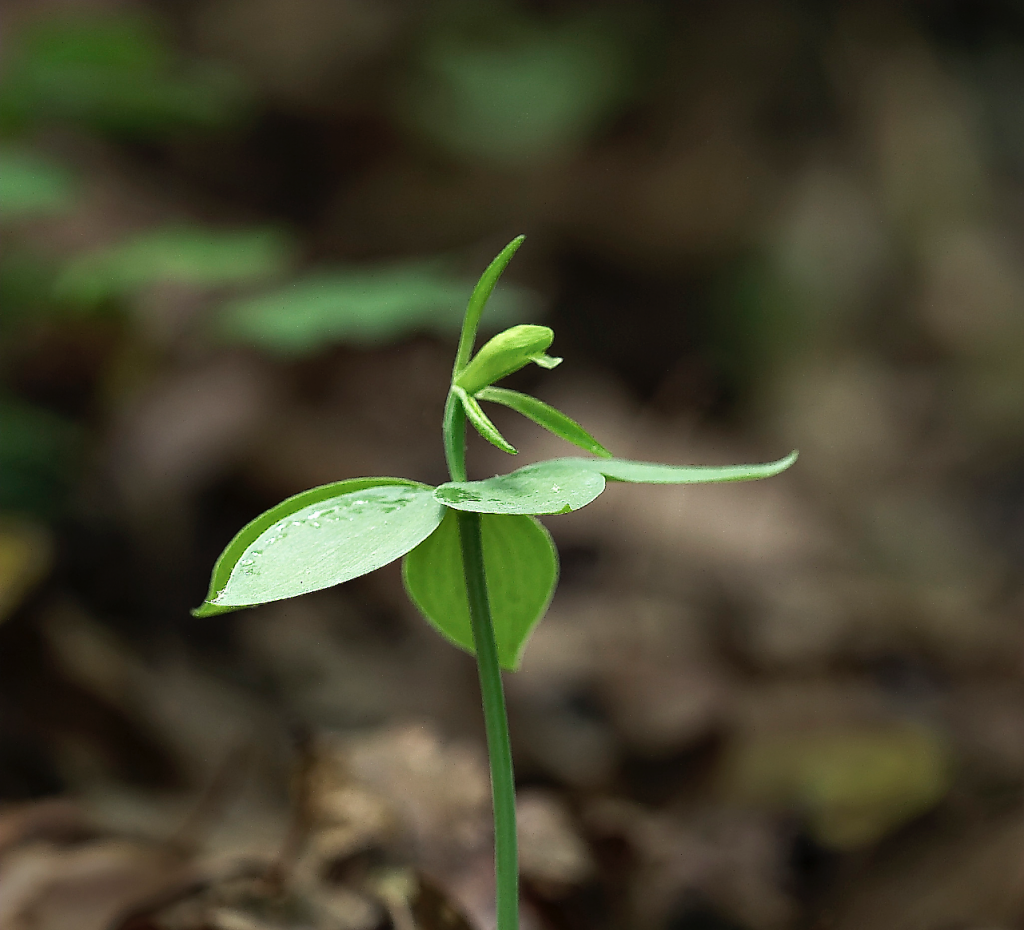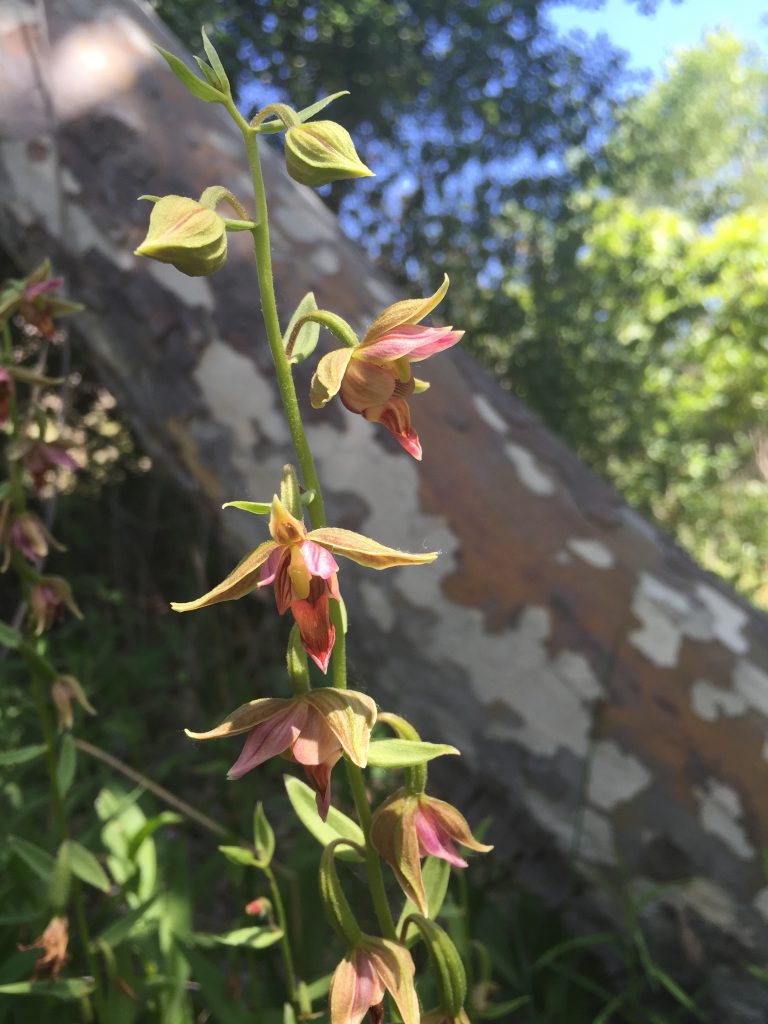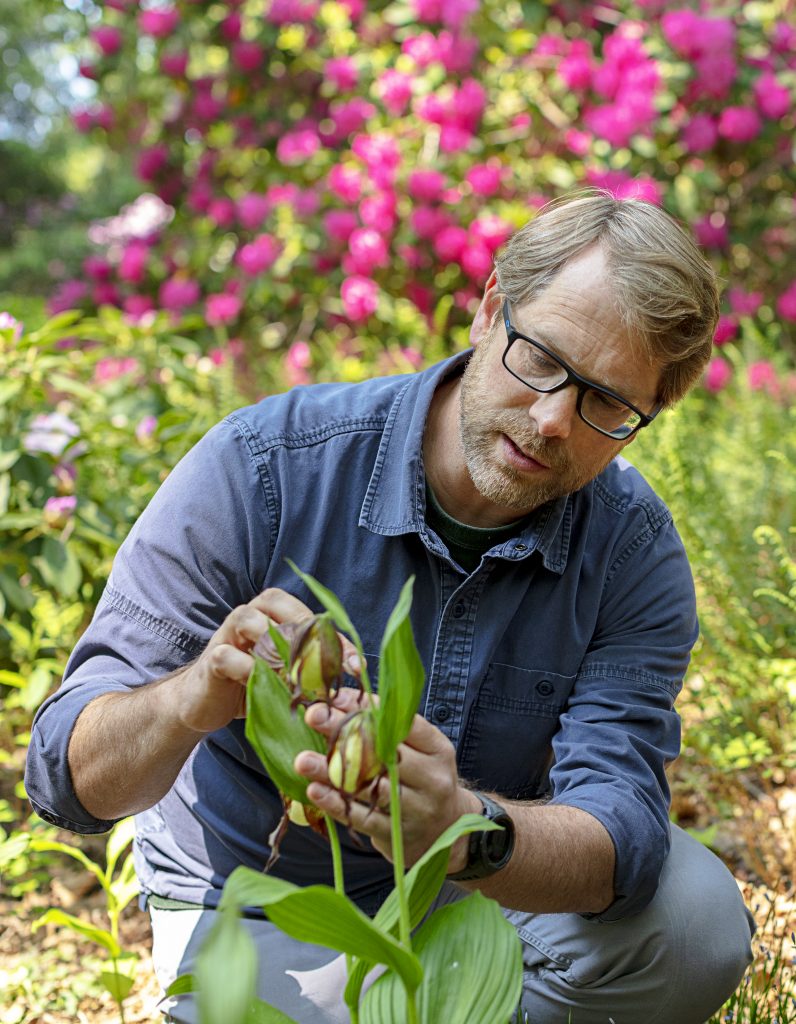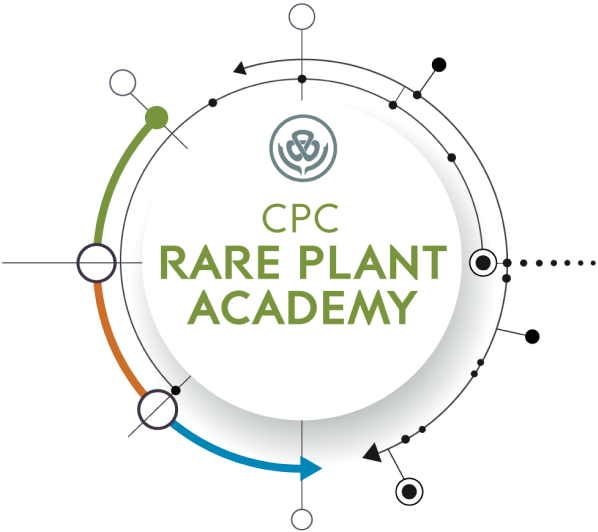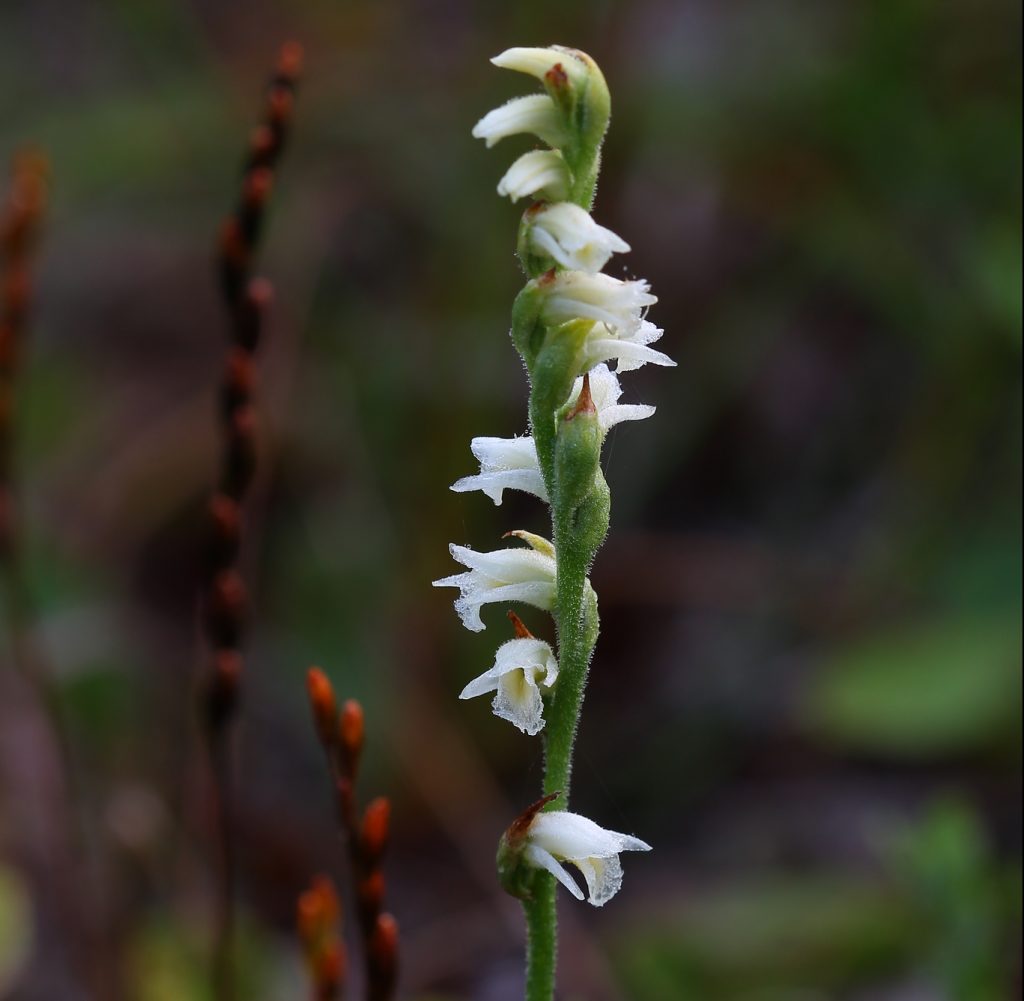
SePPCon 2024: Management, Planning, & Reintroduction The Grassland Connection: Plant and Pollinator Biodiversity Under Tennessee Valley Authority Powerlines on the Cumberland Plateau Theo Witsell* (1), Adam Dattilo (2), JoVonn Hill (3), Dwayne Estes (1), Ashley Bennett (4), Christine Fortuin (5), Zach Irick (1), and Brittney Georgic (1) (1) Southeastern Grasslands Institute, Austin Peay State […]
Read More…

Temperate orchid propagation methodology is largely decentralized, pragmatically unachievable and frequently unverified by replication. The Plant Conservation Program at UMLA is working to create a centralized resource for native orchid propagation for regional native orchids in a way that is available to groups that want to work with native orchids for conservation purposes but may […]
Read More…
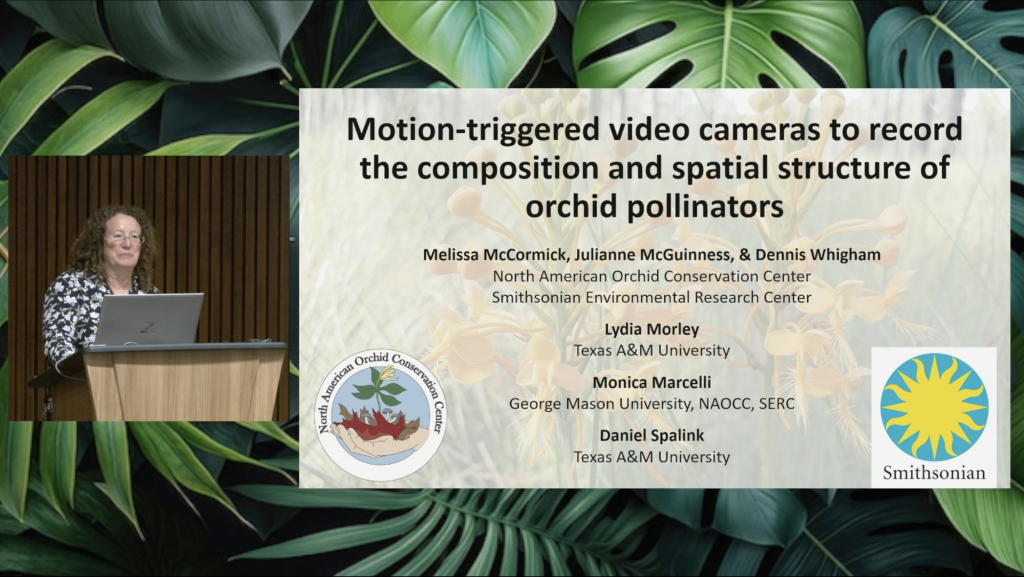
The pollinators for most of the 230 native orchid species in North America are either unknown or known from only a few locations. We cannot effectively conserve orchids without knowing the pollinators they depend on and how those pollinators change across a species’ range. Much of the challenge to documenting pollinators is the need to […]
Read More…

Growing native orchids from seed is a challenging and long-term task with many research opportunities. Symbiotic germination, where orchid seeds are inoculated onto an actively growing culture of known orchid mycorrhizal fungi (OMF), is the primary way to ensure that laboratory propagated orchid seedlings establish a fungal relationship. Despite reports on increased and faster germination […]
Read More…
To appreciate the scale of this endeavor, the leaf in this shot is about the size of your thumbnail! Cute as a button, you’ll need a hand lens to appreciate the flower of Lepanthes rupestris. This orchid native to Puerto Rico was recently collected and seed banked at the Atlanta Botanical Garden. […]
Read More…
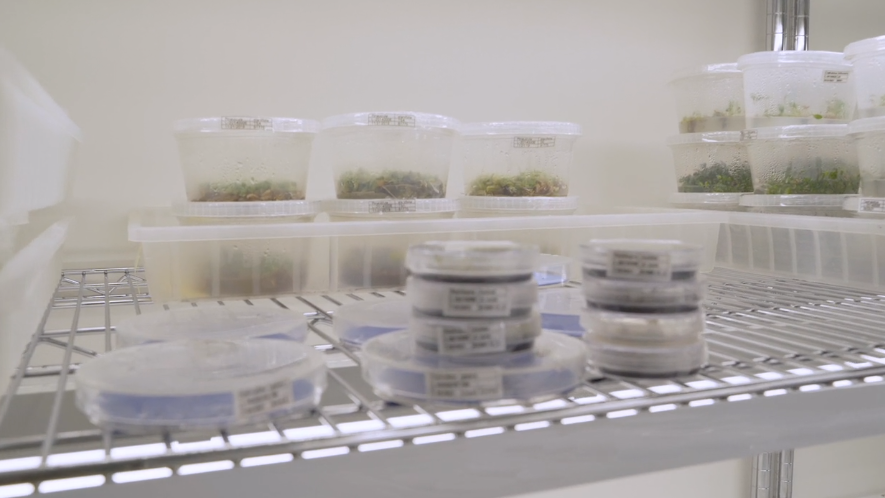
Orchids are known to be quite difficult to propagate as they typically require fungal symbionts during their germination. In this video, Jason Ligon and Tito Tomei explain how to propagate orchids in the lab using sterile micropropagation techniques. They show each step and emphasize how important sterility is for the process. This video was made […]
Read More…
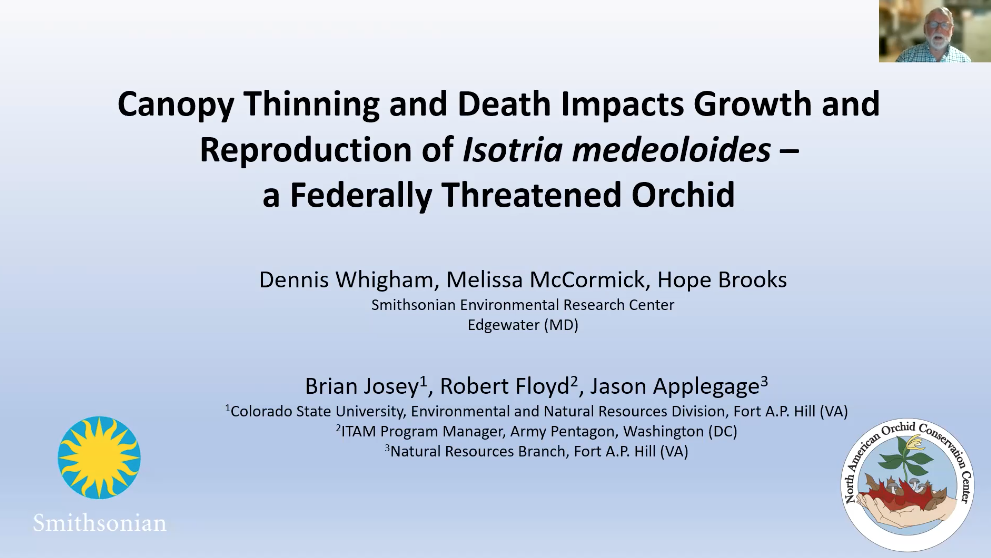
Dennis Whigham, Smithsonian Environmental Research Center Long-term monitoring of Isotria medeoloides at two sites in Virginia have been combined with observations from an understory thinning experiment at one site and death of a large canopy tree at a second site. New plants emerged at both sites following increased light levels and flowering and fruit production increased. […]
Read More…

Peter Zale, Longwood Gardens Despite significant advances in seed propagation and production of lady’s slipper orchids (Cypripedium spp.) in the last 25 years, the genus remains rare in ex situ collections, access to seedlings from local populations that may capture important genetic diversity is rare, they are expensive to purchase, and there are still inconsistencies and […]
Read More…




